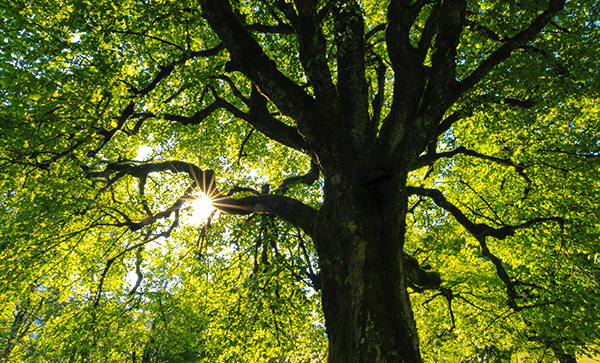News And Advice From The Leading Thousand Oaks Tree Trimming Company
The drought in Southern California may be officially over but it’s always a good idea to conserve water in our natural low-rainfall climate. One way to do that it with a drip irrigation system for your trees that automatically delivers the right amount of water to your trees and shrubs.

Yes, they require some work to install but once you do that you’ll have healthier trees and may notice a drop in your water bill.
Why You Should Consider A Drip Irrigation System
In short, a drip irrigation system replaces a hose or sprinkler and provides a slow, precise flow of water directly to the root system. There are three distinct advantages:
- It provides a method of hydrating exactly when the tree needs water
- Instead of pooling on the surface, water is delivered straight to the roots, which also encourages a deep root system
- Because the water does not pool on the surface, less water evaporates and runs off, which reduces the amount of water you use — saving you money on your water bill!
How To Install A Drip Irrigation System
OK, let’s admit it: whether you have great do-it-yourself skills or not, it’s hard to beat opting for a pre-made kit that you can find at your local garden center. It comes with:
- A hose fitting that connects the system to your faucet
- A tube that encircles the trunk of your tree and connects to your water supply
- Small devices called “emitters” that deliver the water from the tube into the ground
- Stakes to secure the tube
Installing one of these off-the-shelf kits is pretty easy. You start by laying the tube about halfway between the tree trunk and the outer edge of tree’s canopy. Then you attach the emitters to the tube and drive them into the ground. Use the stakes to make the sure the tube is fixed nicely in place and you’re ready to go.
We have fairly hard water in our area so you’ll want to check the system every month or two to make sure it’s not clogged and then flush it out if it is.
Especially after you first install the system, check the soil around the tree to make sure it’s getting enough water. During the middle of summer or winter you’ll probably want to adjust the system to accommodate heat waves and downpours, but otherwise you can stick to a fairly consistent amount of watering.
Too Much Water — Or Too Little?
To determine if your trees are getting the proper amount of water — not too much, not too little — you can look for some subtle clues. If they’re under-watered, you’ll notice wilted or curling leaves that may also be brown at their tips, an off-color canopy or undersized leaves and early leaf drop.
If they’re over-watered, you’ll notice that the area around the tree is constantly wet, the tree’s new growth withers or becomes light yellow and leaves are fragile and break easily.
If your tree exhibits any of these signs, it’s time to check the soil around the trunk. Grab a long screwdriver or something similar and drive it into the ground. If it’s tough to drive it all the way to the handle, your soil is too hard and needs more water. For a more exact test, dig half-a-foot or so into the ground underneath your tree and feel the soil. If it’s cool and moist — good! You’re watering the right amount. If it’s sopping wet, too much water! Once you get the amount of water adjusted properly you’ll probably notice over the weeks and months that your trees are remarkably healthier. And you may even notice your water bill has gone down. All good!

